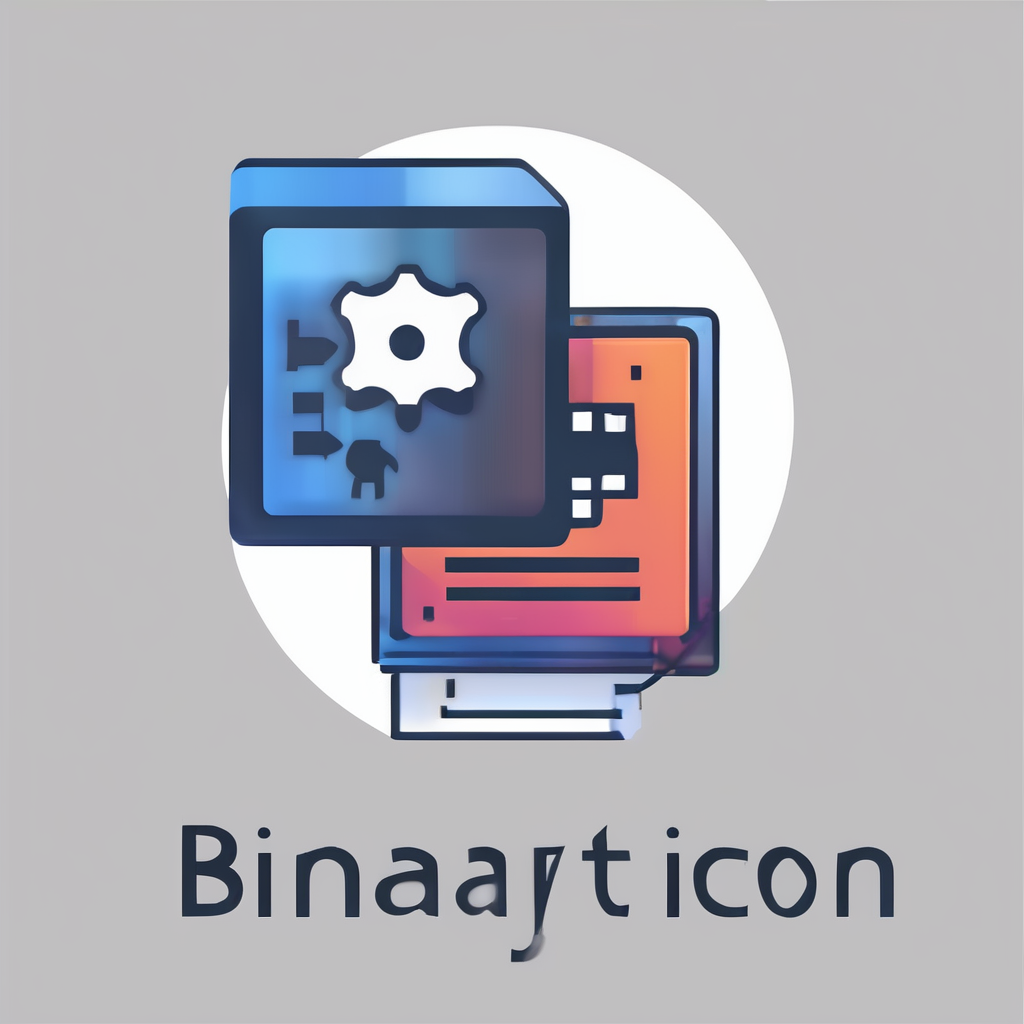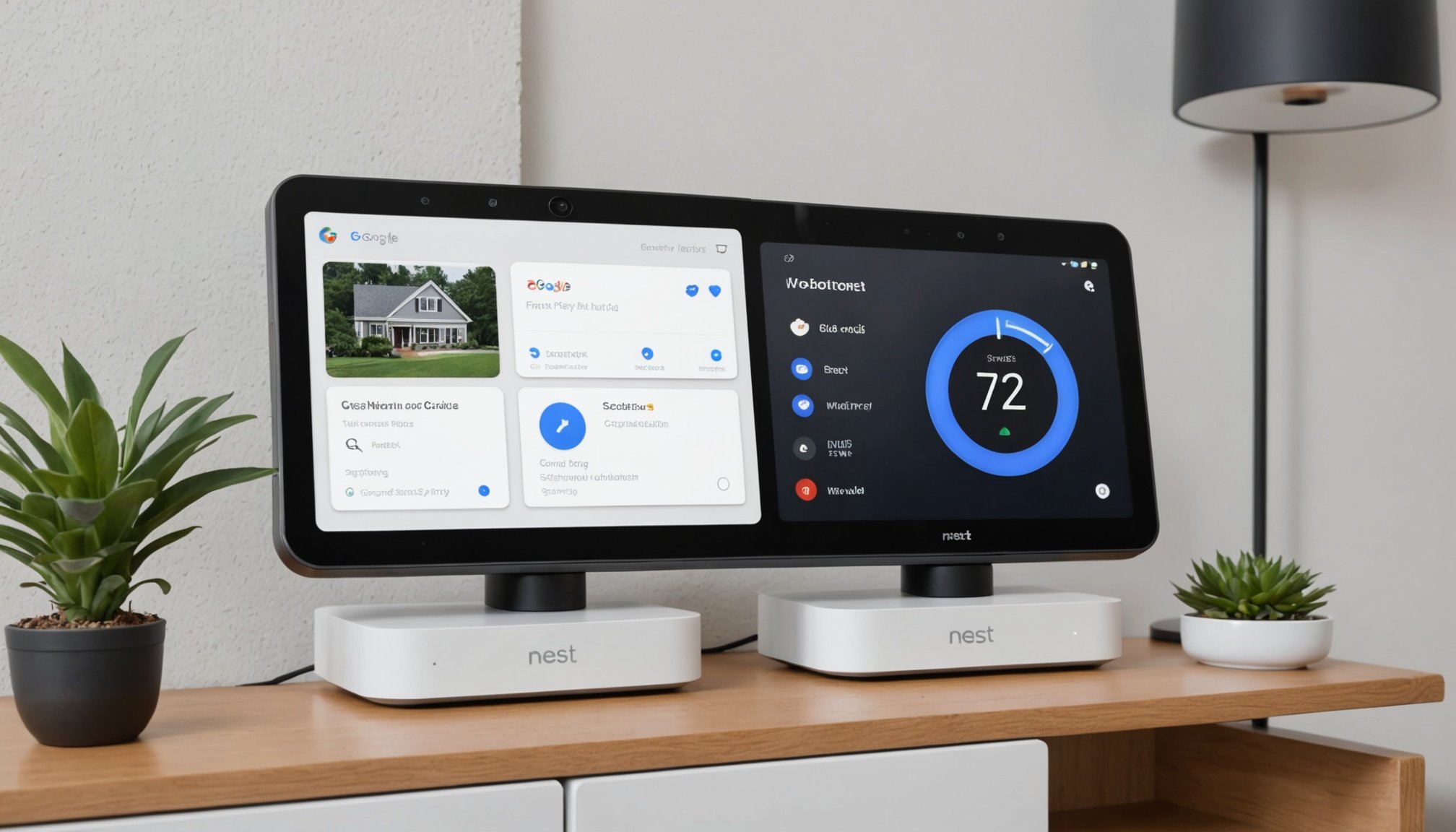Setting Up Your Google Nest Hub for Home Automation
Setting up your Google Nest Hub is an essential step toward transforming your home into a smart environment. Proper placement of the Hub is vital for its optimal performance. Select a central location that is neither too far from your Wi-Fi router nor obstructed by physical barriers like walls or large furniture. This choice ensures efficient functioning of your home automation system and a smoother experience with its features.
The installation process is straightforward. Begin by powering on your Google Nest Hub and following the on-screen instructions. This will include connecting your Hub to a secure Wi-Fi network, which is crucial for seamless connectivity. Once connected, you can proceed to initial customization features like setting up your profile and voice match for personalized interactions.
Also to see : Unlocking your home network: the ultimate guide to securing and optimizing with the tp-link deco m9 plus mesh system
For a more tailored experience, delve into settings where you can manage various preferences. Adjust the display brightness, choose your preferred language, and explore other personalization options. These elements not only enhance usability but also allow your Google Nest Hub to better fit into your daily routines, providing an integrated, user-friendly home automation experience.
Ensuring the Security of Your Home Automation System
Ensuring the security of your home automation security is crucial in today’s interconnected world. Common security threats include unauthorized access and potential breaches through vulnerable devices. To mitigate these risks, implement Google Nest security best practices.
Recommended Security Settings:
- Activate two-factor authentication (2FA). This adds an extra layer of protection by requiring a second verification step, typically through your mobile device, before accessing your system.
- Regularly update the firmware of your Google Nest Hub to patch any known vulnerabilities.
- Utilize strong, unique passwords for your home network and all associated accounts.
Compliance with these security best practices enhances your defense against potential intrusions. Keeping your system secure not only safeguards your personal data but also ensures that your smart home devices operate without compromise.
Integrating Compatible Devices for Efficient Automation
When expanding your home automation integration, it’s crucial to choose compatible smart devices that align well with your Google Nest Hub. This ensures that devices communicate effectively, providing a seamless user experience.
Popular Smart Devices for Home Automation
There are numerous popular smart devices available that enhance your Nest Hub’s capabilities. Light fixtures, such as Philips Hue bulbs, can significantly alter your home’s ambiance through voice commands. Smart thermostats like the Nest Thermostat can regulate temperatures, maintaining comfort effortlessly.
Streamlining Commands and Routines
Setting up routines can transform daily tasks into automated processes. For instance, you can schedule your lights to dim at bedtime or have your thermostat adjust to an energy-saving setting when you leave home. These routines simplify life by streamlining commands into predictable patterns.
Using Voice Control Effectively
For hands-free convenience, voice control can be highly effective. Ensure that each device supports and responds to your Google Assistant command. Frequent use of voice commands increases familiarity with the system, allowing for a more intuitive interaction and making your home automation truly efficient.
Troubleshooting Common Issues with Google Nest Hub
Encountering issues with your Google Nest Hub can disrupt your home automation system experience. Connectivity issues are prevalent, often stemming from Wi-Fi interference or weak signals. Ensure your Hub is within range of your router, allowing for stable connections. If connectivity issues persist, restarting your router can sometimes alleviate the problem.
When experiencing device pairing problems, confirm that your compatible smart devices are within range and follow any specific pairing instructions provided by the manufacturer. Resetting these devices and trying the pairing process again can also prove beneficial.
To resolve persistent issues, resetting the Google Nest Hub may restore functionality. Press and hold both volume buttons for about 10 seconds to initiate a reset, clearing temporary glitches without affecting your saved settings. After the reset, you can easily reconfigure your device by following the initial setup steps.
Being equipped with solutions for these common issues ensures a seamless operation of your home automation system, enhancing comfort and convenience.
Optimizing Performance of Your Home Automation System
Optimizing the performance of your home automation system is essential for a seamless and efficient experience. Regular firmware updates are critical, as they ensure your devices operate with enhanced features and benefits. A common misconception is that updates are unnecessary, but they actually play a crucial role in performance optimization.
To reduce lag and improve response times, it is important to manage and prioritize device connections effectively. Begin by ensuring your most used devices have stable and reliable connections. Place devices like your Google Nest Hub within the ideal Wi-Fi range to prevent connectivity issues.
Furthermore, adopting best practices for device management can significantly bolster your system’s efficiency. This includes keeping your home network free from unnecessary or inactive devices, which can siphon bandwidth. Implementing these strategies ensures that your home automation system operates at peak performance, providing a responsive and dynamic user experience.










